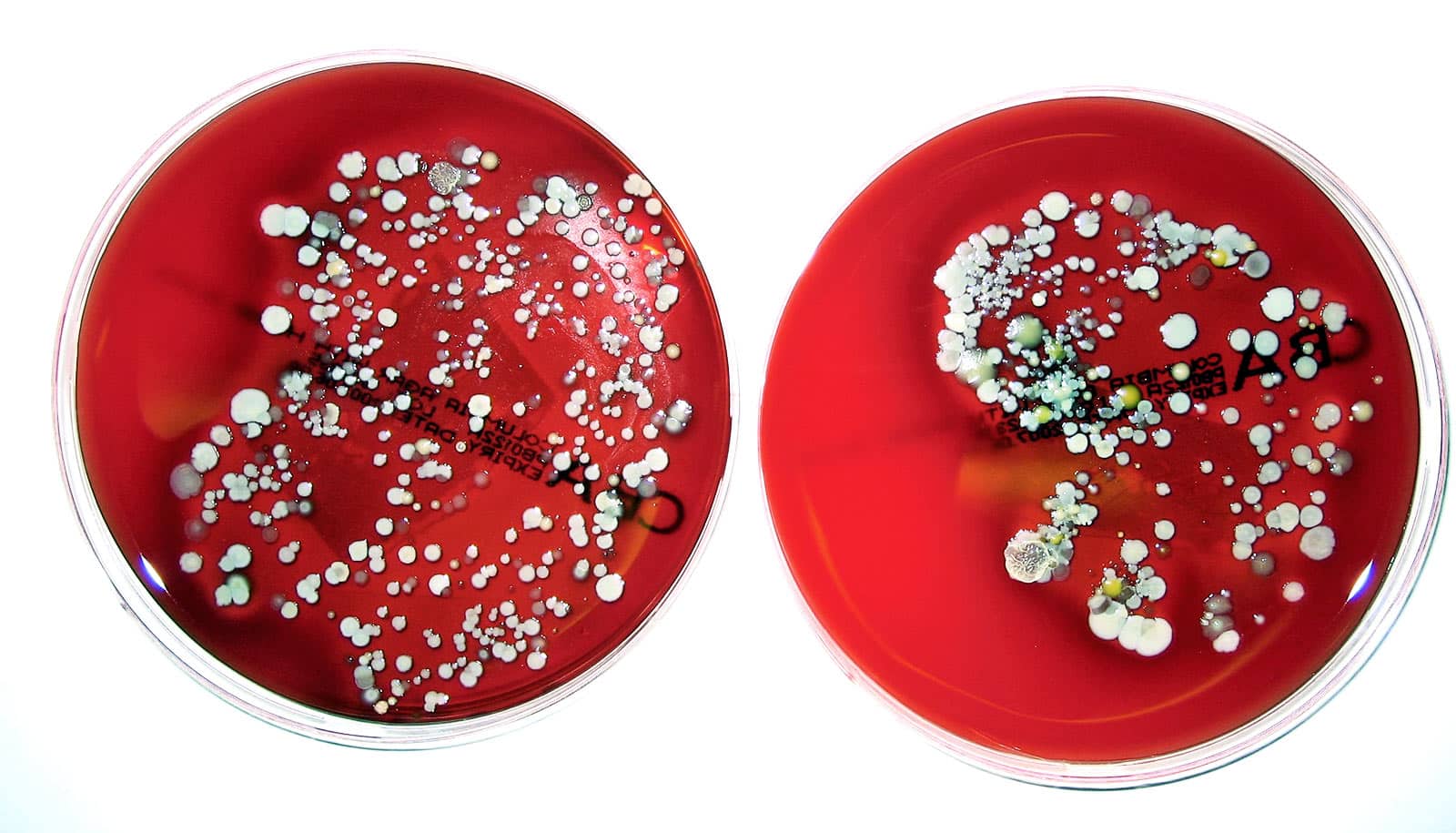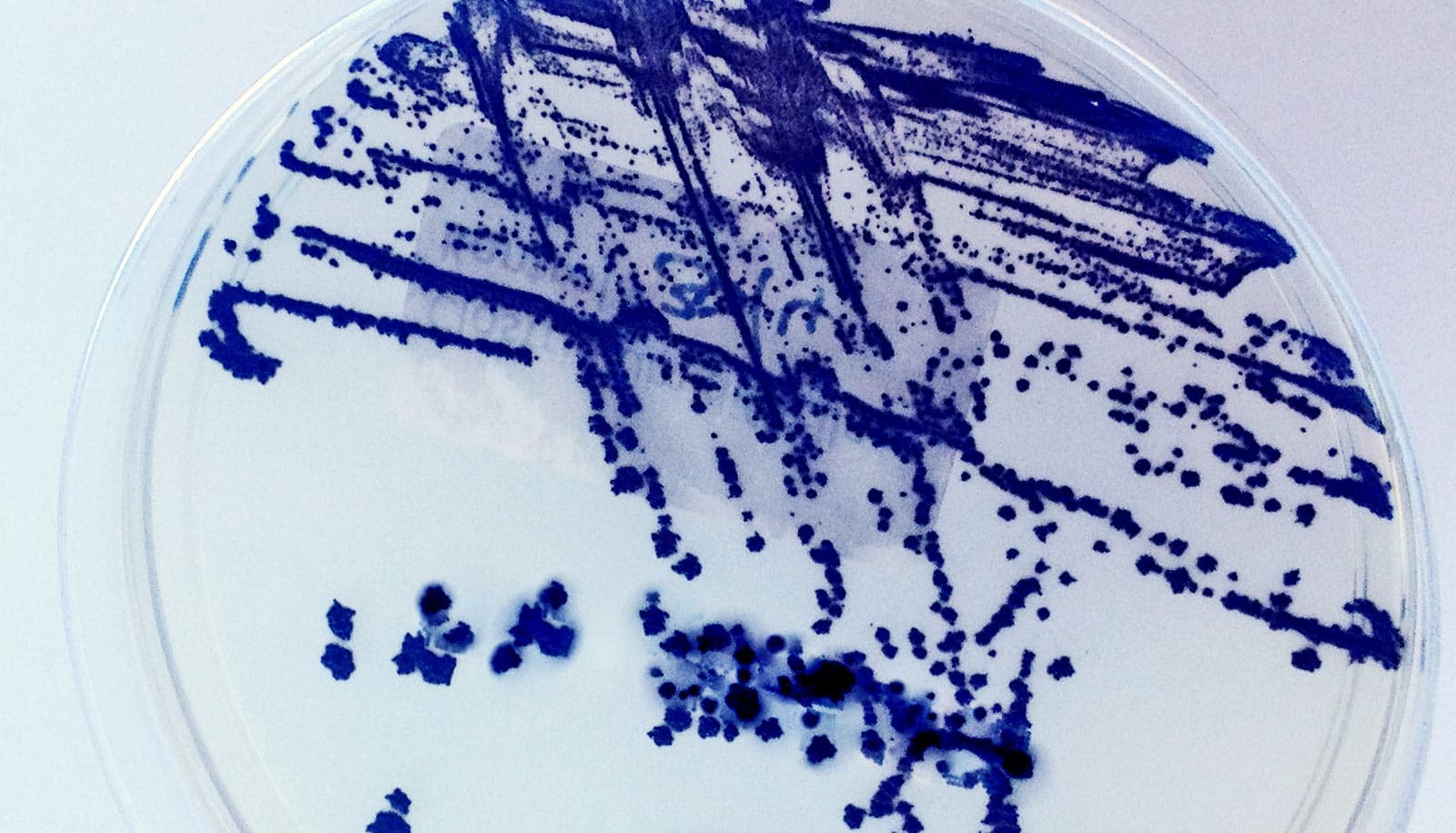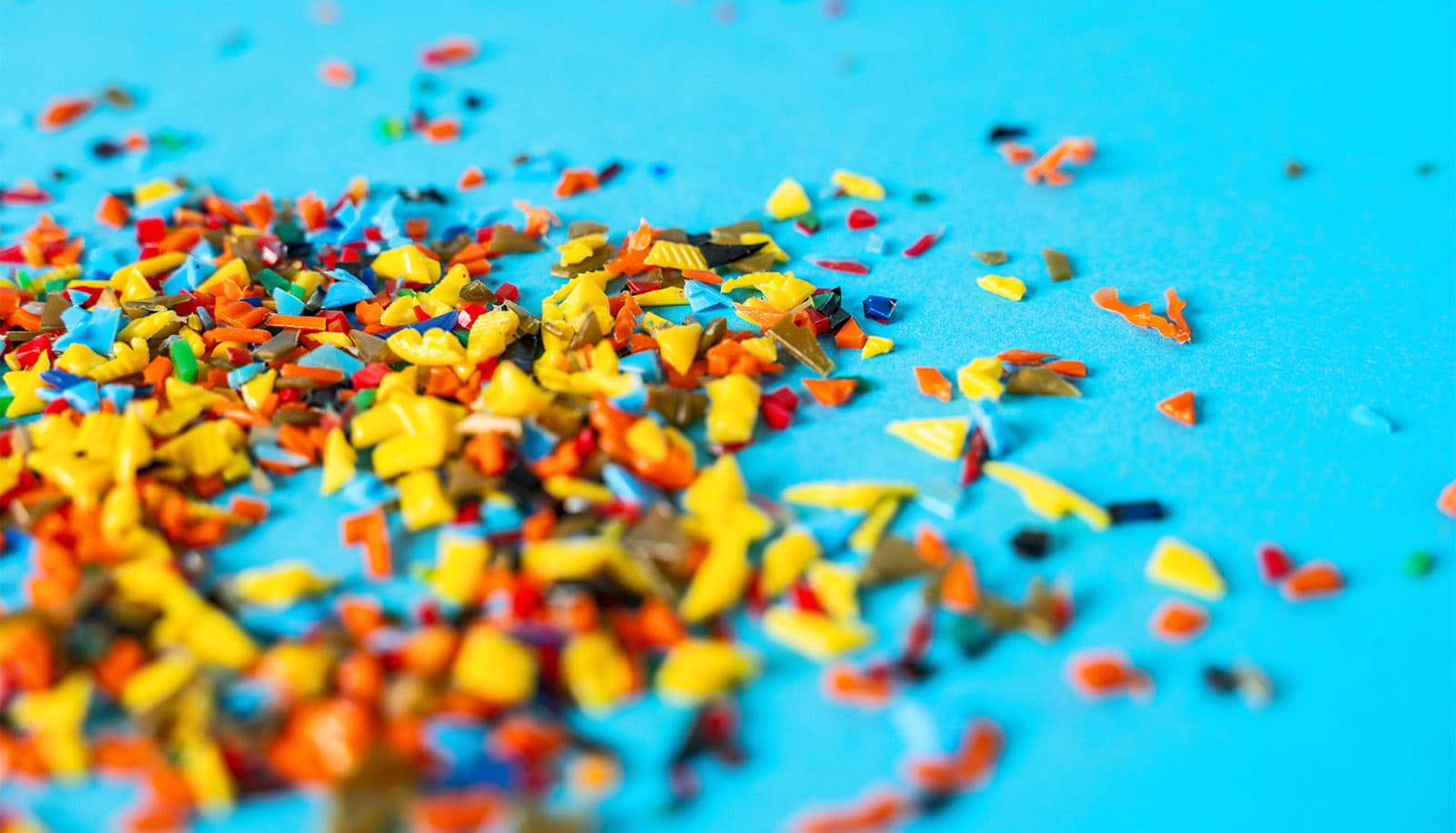New research takes a step towards using one of MRSA’s strengths against it.
Antibiotic-resistant infections cause more than 30,000 deaths annually in the United States alone. The majority of those are caused by methicillin-resistant Staphylococcus aureus, more commonly known as MRSA, which can turn routine medical operations into near-death battles.
“Attacking the cell membrane and inhibiting its ability to produce lipids, or fats, could be an effective treatment protocol,” says Neal Hammer, assistant professor of microbiology and molecular genetics at Michigan State University, and senior author of the new study in the Journal of Bacteriology. “MRSA, though, bypasses the effects of fatty acid inhibitors by absorbing human lipids.”
Antibiotic resistance is a significant challenge in modern medicine. Pathogens encode genes to stay one step ahead, and scientists conduct research that will hopefully stop them, Hammer adds.
The study began with the already established fact that MRSA has a genetic hardwired, fat-absorbing pathway. In an evolutionary arms race, MRSA’s ability to absorb human fat and use it as a shield of sorts gives it an advantage.
The scientists asked, “what was the source of the fatty acids in humans?” The answer lay in a simple test that many of us take each year.
Human blood is filled with lipids—good and bad cholesterol—that everyone knew existed but didn’t connect to MRSA. The scientists suggest that MRSA steals these fatty acids and then integrates the lipids into its own cell membrane. This allows it to resist antimicrobials that target fatty acid synthesis. And since there’s plenty of these fatty acids in the blood and liver, MRSA has a veritable endless buffet on which to feast.
“MRSA secretes enzymes, called ‘lipases,’ that free the fatty acids in human LDLs, or bad cholesterol,” Hammer says. “We used mass spectrometry to identify how MRSA was able to perform this feat—the first time this process has been observed.”
Past research laid the groundwork for this discovery. Many of those studies focused on fatty sources found on human skin. This emphasis was due in part to knowing that as much as 30 percent of the world’s population carry MRSA on their skin—without any detrimental health effects.
To kill microbial ‘vampires’ like MRSA, use light
Now that Hammer’s team is shining the scientific spotlight on how MRSA consumes fatty acids present in the host, future research can focus on these new targets and preventing MRSA from obtaining host fatty acids. This could be a strategy to improve the efficacy of triclosan, an antibacterial agent used in hospitals and found in many household products, as well as other bacterial fatty acid synthesis inhibitors.
The American Heart Association and Michigan State funded this research in part.
Source: Michigan State University



